Three Warriors
Three Warriors is acolor woodblock print on paper, realized at the beginning of the 20th century (around 1900) attributed to Utagawa Yoshitora.
The artwork is signed with stamps, and it consists of three single sheets joined together.
Good conditions, except for trimmed sheets and signs of age.
Three Warriors is acolor woodblock print on paper, realized at the beginning of the 20th century (around 1900) attributed to Utagawa Yoshitora.
The technique used for this artwork is the Nishiki-e , a type of Japanese multi-colored woodblock printing invented in the 1760s, and perfected by the printmaker Suzuki Harunobu. A Nishiki-e print is created by carving a separate woodblock for every color and using them in a stepwise fashion. An engraver by the name of Kinroku is credited with the technical innovations that allowed so many blocks of separate colors to fit together perfectly on the page, in order to create a single complete image.
The artwork is signed with stamps, and it consists of three single sheets joined together.
This wonderful print represents the scenic representation of the Kabuki Japanese theater, entitled " The revenge of the Soga brothers" : one of the three most important revenge in the world of samurai. On June 28, 1193 (the ancient calendar is May 28), the Soga brothers kill Kudou Suketsune to avenge the death of their father killed in 1176, when the brothers were just 5 and 3 years old.
On the right there is the elder brother Soga Jùrou Sukenari (recited by Sawamura Tosshò), in the center we find the killed samurai Kudou Suketsune (recited by Nakamura Shikan) and on the left there is the younger brother Hakooumaru (recited by Sawamura Tanosuke). The three actors were well known at the time.
Good conditions, except for trimmed sheets and signs of age.
Utagawa Yoshitora is a Japanese artist, active at the end of the Edo period, between 1836-1887. Born as Nagashima, he was a pupil of the master Utagawa Kuniyasu since the age of 11 and has become one of the best Eshi painters. However, he was dismissed from the Utagawa family for a quarrel but nevertheless kept Utagawa as his stage name until the end of his career.
Collect Rare Japanese Artworks On Wallector.com





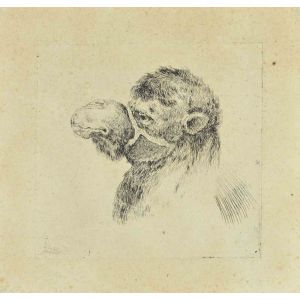
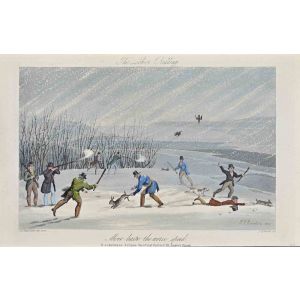
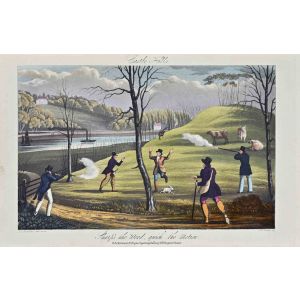
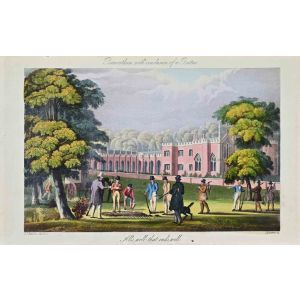
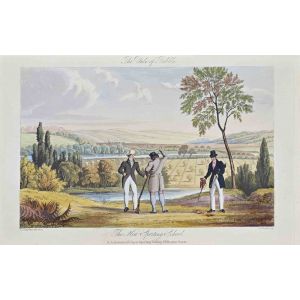

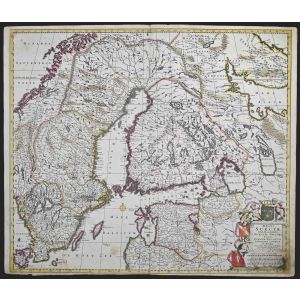
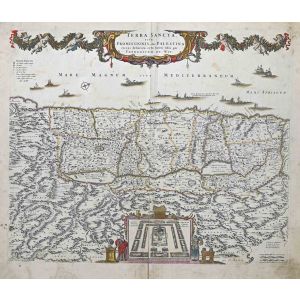
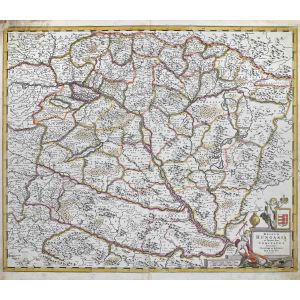

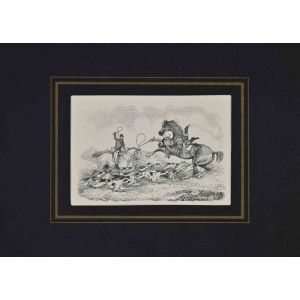
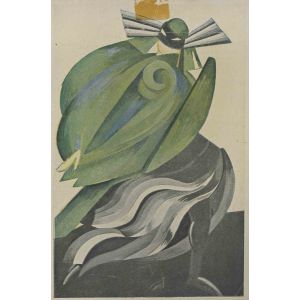
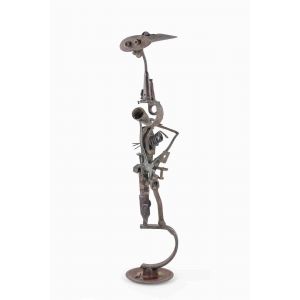

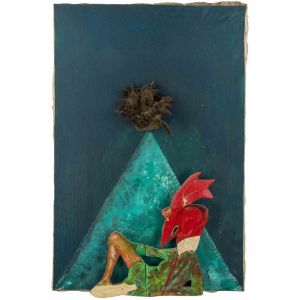
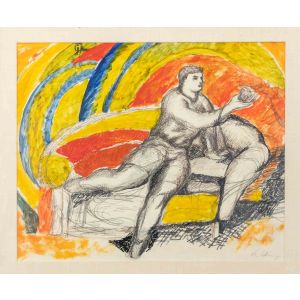
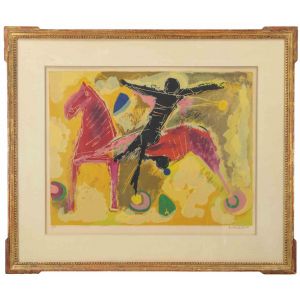
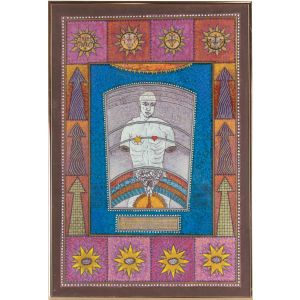
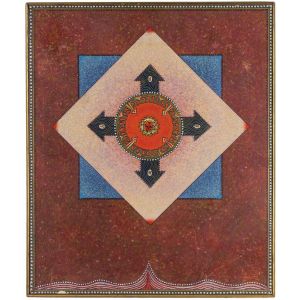
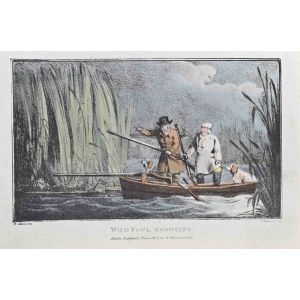









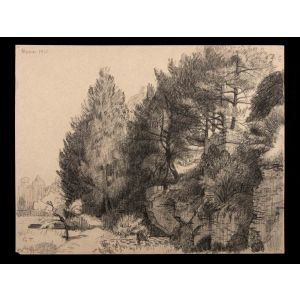


Validate your login
Sign In
Create New Account